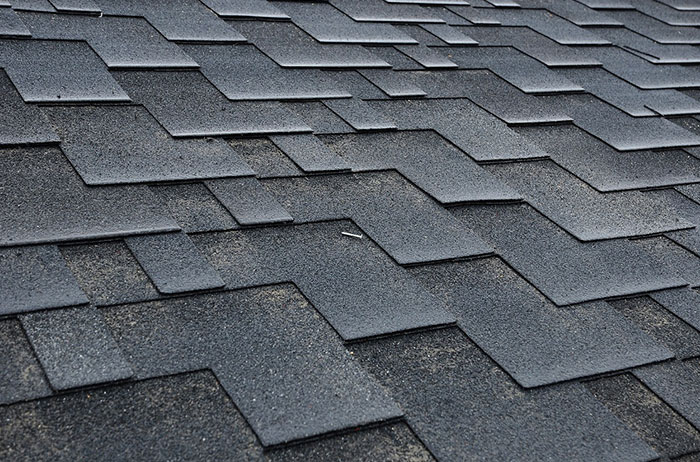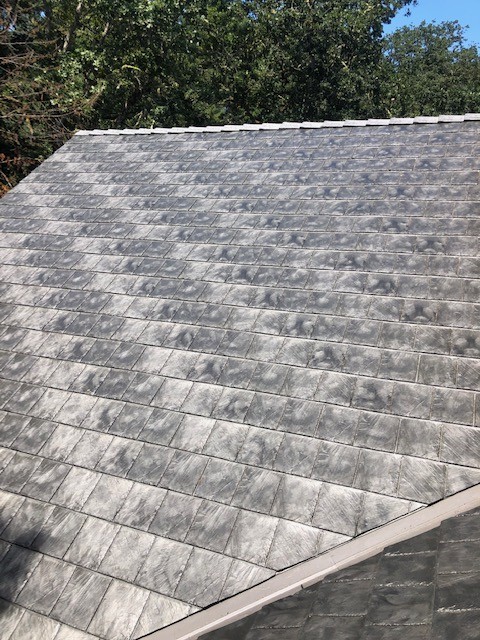Water damage can be frustrating and stressful to fix. One of every homeowner’s worst nightmares has to be a leaking or crumbling roof. Water damage can cost thousands of dollars to repair or replace, not to mention the emotional stress that comes with it. Yet, damp spots and rainwater on your roof are inevitable. Of course, you can choose to paint your roofs every few months, change your roofs and spend huge amounts of money on periodic roof maintenance.
But is it essential to go through all that stress when you can easily try a better alternative?
What Is Roof Flashing?
Roof flashing is a thin, galvanized material that professional roofers apply to direct the flow of water and prevent it from entering the cracks and openings of a roof.
Aluminum is the most common material used for producing roof flashing. This is because it is budget-friendly, malleable, and durable. They are often made from strong metals like steel, copper, aluminum, etc.
Roof flashing plays a pivotal role in the protection of your houses. Without them, the chances of damage due to dampness or moisture leakage are very high. It is often best to install room flashing before water damage occurs. Below are some of the most common types of roof flashings.
Most Common Types of Roof Flashing and Their Uses
- Base Flashing
They are commonly used for roofs with chimneys, as they (roofs with chimneys) require multiple flashing parts for better waterproofing. They direct water to the flashing surface and send them downwards.
- Step Flashing
It is installed in several layers to prevent the walls from absorbing water. They are rectangular pieces of flashing bent at a 90-degree angle in the middle.
- Valley Flashing
They are installed around open roof valleys and help channel rainwater off the roof and prevent a buildup of debris.
- Drip Edge Flashing
They are installed on roof edges, and they guide rainwater and prevent them from entering the shingles or rotting the wood on your roof edges.
- Vent Pipe Flashing
They are installed over round vent pipes that pass through the roof. They help to seal ventilation pipes, prevent leaks, and keep out drafts.
- Continuous Flashing
It involves installing a long metal sheet on the surface of your roof. It directs the water flow to the roof’s edge and into the gutter.
- Counter Flashing
Counter flashing is installed opposite or on top of the base flashing. It prevents water from entering the chimney or shingles.
Benefits of Roof Flashing
Prevents Water Damage
There are so many hidden cracks in your roofs that you might not discover even with regular inspections. This is probably the most common reason why roof flashings are installed. They prevent moisture damage and serve as a form of waterproof layer protecting the surface of roofs. By installing flashings, you are sure of covering them up and preventing rainwater from seeping in. They also reduce permeability and act as a sealant for your roofs. Without roof flashing, rainwater would just run down the roofs, pour into the house, and cause extensive water damage.
Roof Protection
Think of roof flashing as a form of bulletproof for your roofs. They take all the damage and protect your roof from the elements. By installing them, you protect your walls, shingles, and chimney from various forms of damage. As long as your roof flashing is installed properly and by experienced professionals, your roof will stay preserved for as long as the roof flashings last.
Save On Roof Maintenance Costs
Protecting your roof’s surface from water damage and other weather hazards means you do not have to change or repair your roofs frequently. Roof flashings are also easy and affordable to maintain. They can be reused as long as they are in good condition. Thus, you do not have to worry about purchasing a new roof flashing every time you decide to change your roof.
Improve Roof Longevity
Modern roofs can last anywhere from 15 to 50 years. However, it depends on factors like materials used, workmanship quality, climate, etc. Installing roof flashing is one surefire way to ensure you get the most out of your roofs. By shielding and covering edges and cracks, the lifespan of your roofs will be greatly increased.
Do You Need To Replace Roof Flashing When Installing A New Roof?
Most roof flashings outlive the lifespan of the original roofs they were installed on. This is because they are generally built to last and can withstand very harsh conditions. They can also be reused on new or existing roofs. When installing a new roof, your roofing contractor will inspect your current roof flashing and check the integrity of the materials. If your flashings are in good condition and do not show signs of wear or damage, you can reuse them when getting a new roof. If you spot holes, corrosion, or other forms of degradation, then it is best to repair or replace them when installing a new roof.
There are a lot of roof flashing materials out there, and they are not all of good quality. It is highly recommended that you consult a professional to know the best roof flashings for your roof and how they can benefit you. Shoreline Roofing experts have been trained to install and repair various roof flashing types. We can easily enlighten you on the flashing options available to you and help you make informed and practical roof flashing decisions.
Need Some Help With Your Roof Flashing? Reach Out To Us!
Are you planning to install roof lashing on your roof? Look no further! We are experts in roofing and flashing installation and provide you with affordable, satisfactory top-grade roofing services.
Contact us today to schedule a consultation and solve all your roofing needs.



